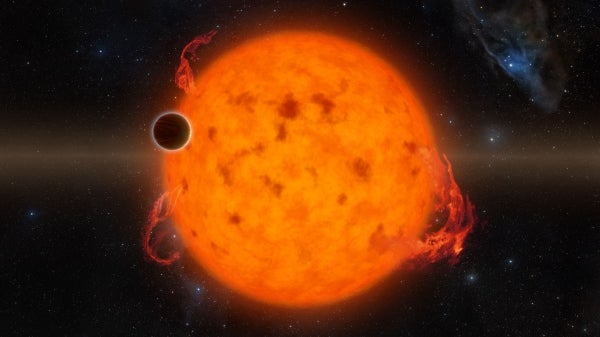Get earthquake-ready on International ShakeOut Day

Each year Arizona experiences hundreds of earthquakes, but they are not always felt. The image indicates historical earthquakes with a magnitude of 3.0 or higher that were felt within the state of Arizona. Image by Arizona Geological Survey
Thursday, Oct. 21, is International ShakeOut Day, an annual event where millions of people worldwide practice how to be safer during earthquakes, update their emergency plans and supplies, and secure their space to prevent damage and injuries.
ShakeOut began in California in 2008 as a drill to help educate the public in earthquake preparedness. Since then, ShakeOut has expanded across the globe with over 18.7 million participants.
And although California is more commonly known for earthquakes, Arizona does have earthquakes that have caused damage and injured people, so experts recommend everyone to be prepared.
“Arizona is adjacent to the San Andreas Fault system of California and some of the hazard comes from earthquakes in that system, and some of the faults cross into Arizona in the southwest near Yuma,” says ASU School of Earth and Space Exploration geology Professor Ramon Arrowsmith, who is the chair of the Arizona Council on Earthquake Safety.
ShakeOut earthquake drills can be scheduled at any time and anywhere and can be held in homes, offices or schools. And anyone can participate in a ShakeOut drill, which can include practicing protective actions like “drop, cover and hold on,” using various communication tools, preparing a disaster supply kit, and figuring out what to do when the power goes out.
“Being aware and mentally prepared is the first step to minimizing injuries,” says Jeri Young Ben-Horin, who holds a doctorate in geological sciences from ASU and who is a research scientist with the Arizona Geological Survey, where she catalogs the state’s earthquakes and maps active fault zones.
To commemorate International ShakeOut Day, Arrowsmith will be a guest speaker at the School of Earth and Space Exploration’s Virtual Night Sky event on Oct. 20, where he will discuss Arizona’s geology, seismic history and earthquake hazards. This event is free and open to the public.
Those interested in learning more about earthquakes in Arizona can visit the Center for Natural Hazards at the Arizona Geological Survey, which documents and monitors geologic hazards and serves as a resource of geological maps, reports, publications and data of natural disasters in Arizona.
In addition, there is a seismometer located in the basement of the Bateman Physical Sciences Building F-Wing on the Tempe campus that is managed by ASU geophysicists John West and Edward Garnero, also of the School of Earth and Space Exploration. Their corresponding website, earthquake.asu.edu, provides information on earthquakes and seismic activity from anywhere in the world, including magnitude, latitude, longitude and depth, and then calculates the distance of the earthquake from ASU.
Earthquake drill demonstration. Produced by the Southern California Earthquake Center.
More Science and technology

ASU forges strategic partnership to solve the mystery of planet formation
Astronomers have long grappled with the question, “How do planets form?” A new collaboration among Arizona State University,…

AI for AZ: ABOR funds new tools for state emergency response
A huge wildfire rages in the wilderness of Arizona’s White Mountains. The blaze scorches asphalt and damages area bridges,…

ASU researchers engineer product that minimizes pavement damage in extreme weather
Arizona State University researchers have developed a product that prevents asphalt from softening in extreme heat and becoming…